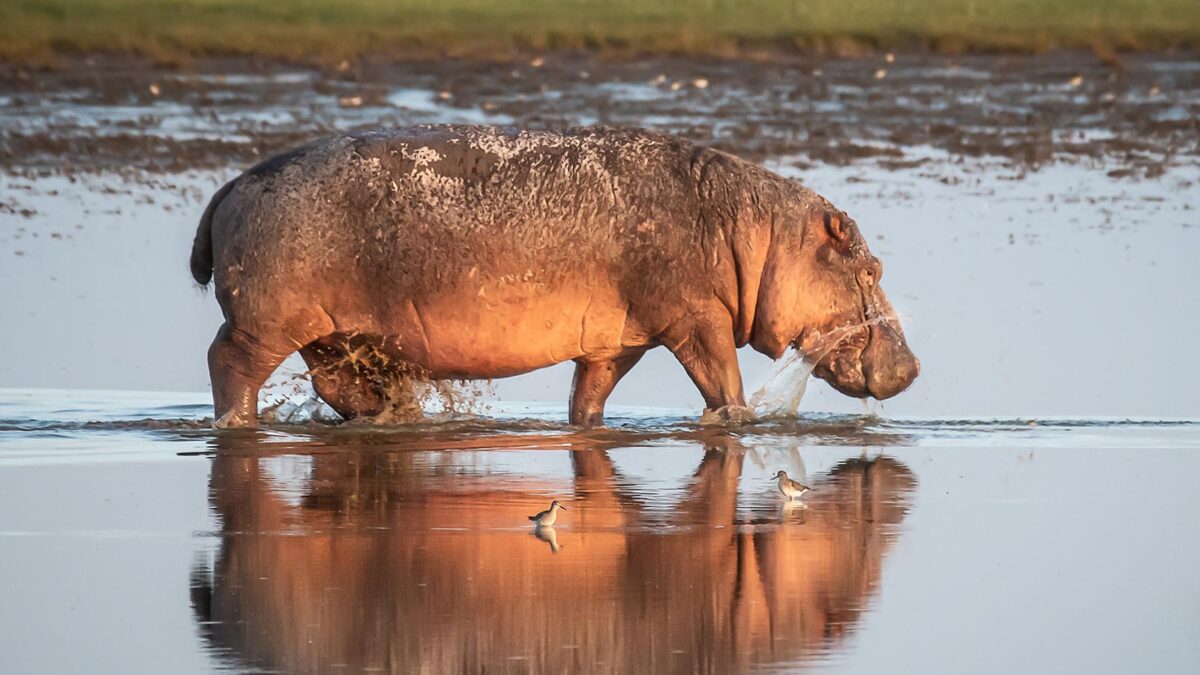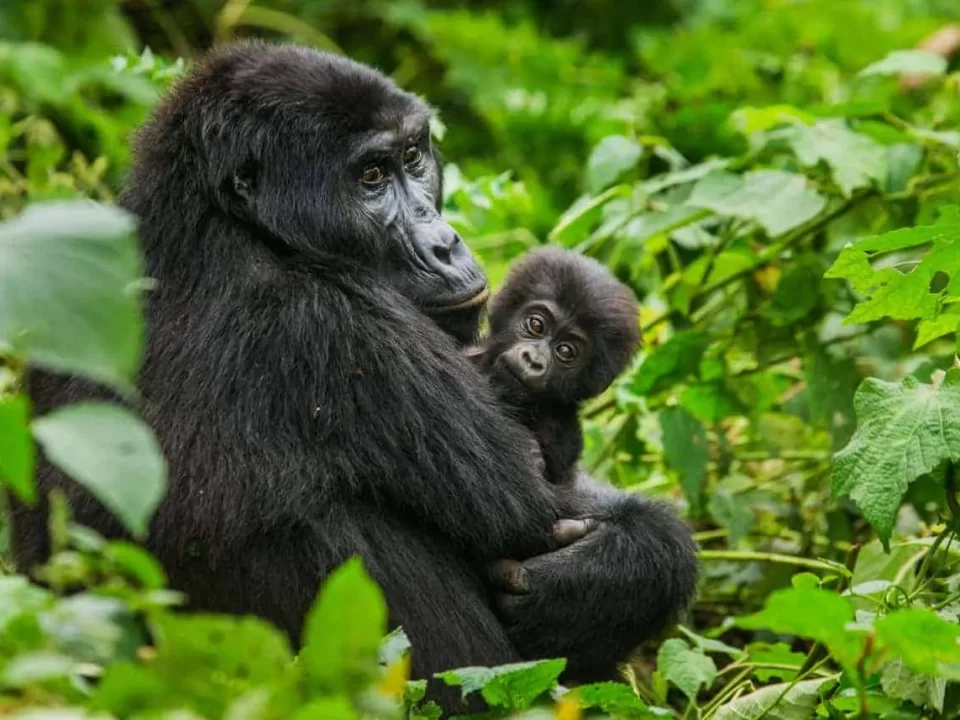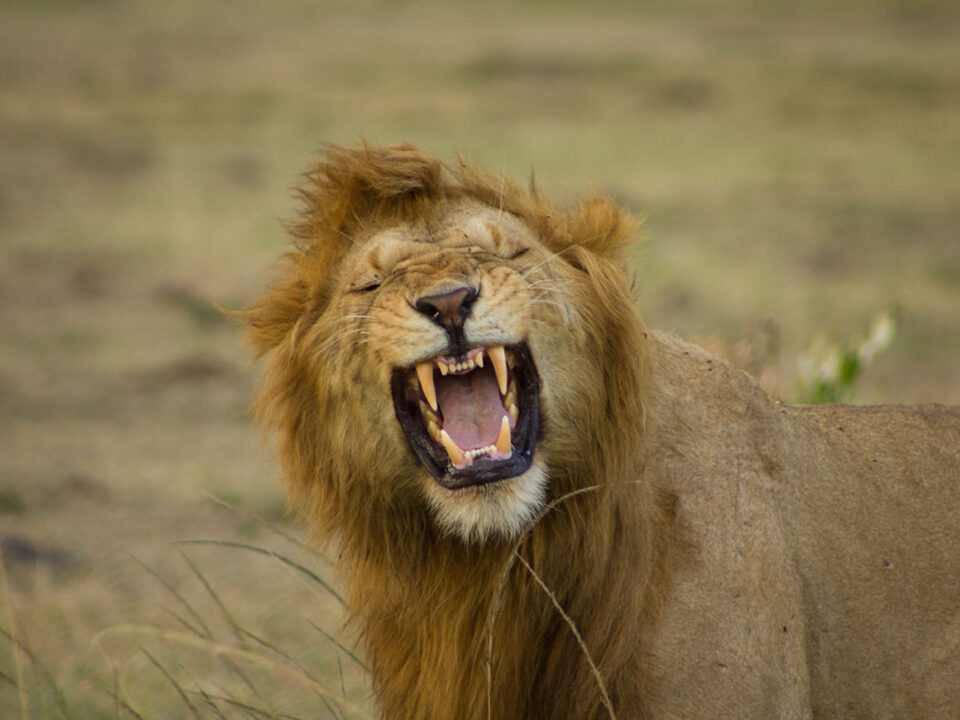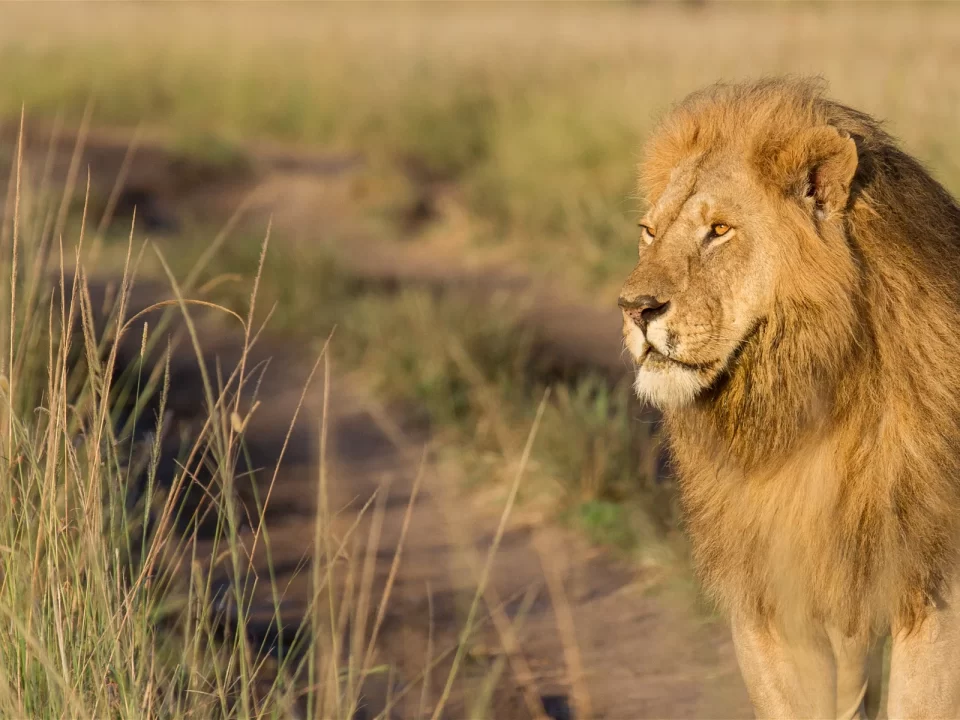What to Expect on Safari in Kenya?

How to Plan a Masai Mara Safari Holiday
February 27, 2024
Best Time to visit Masai Mara
February 27, 2024Embarking on a Safari Adventure in Kenya: What to Expect on Safari in Kenya?
What to Expect on Safari in Kenya? — Discovering Kenya on safari promises an unforgettable journey filled with diverse landscapes, rich wildlife, and unique cultural experiences. As one of East Africa’s gems, Kenya stands out as a classical safari destination, boasting an array of Big Five encounters set against iconic backdrops. The safari experience in Kenya is finely tuned, featuring a multitude of lodges, camps, transport options, and tour operators that collectively welcome thousands of visitors each year.
For those seeking budget-friendly options, overland tours in modified trucks or minibus taxis are available, along with large hotel-style lodges and camps offering competitive rates and standard accommodations. However, for those with a higher budget, Kenya offers exclusive camps that rival top boutique hotels globally in terms of service, location, and dining. These high-end accommodations cater to discerning travelers, providing tailored experiences that meet the highest standards.
Diverse Safari Activities in Kenya’s Varied Landscapes
Kenya’s safari activities extend beyond traditional game drives, offering a myriad of options for exploration. Adventurers can traverse remote regions on foot, guided by local tribesmen who consider these natural wonders their ancestral home. Helicopter flights over the pristine shores of high-altitude lakes around Mount Kenya provide access to untouched spots, offering a unique experience for trout anglers.
Morning and evening game safaris unveil a captivating array of wildlife, complemented by scenic sun-downers and exceptional dining experiences. Unique accommodations, including small bush tents and beds set up on elevated platforms beneath the stars, invite guests to immerse themselves in the natural beauty of the surroundings.
Diverse Safari Modes: From Walking to Helicopter Flights
A Kenyan safari unfolds in various modes, catering to different preferences and interests. Whether on foot, horseback, bicycle, boat, quad bike, or a customized open safari vehicle, the options are vast. Nature photographers can embark on journeys with specialized safari guides well-versed in both wildlife and photography. Those seeking an adrenaline rush can run with Masai warriors or hike up some of Africa’s highest mountain slopes. Bird watchers are treated to an abundance of resident and migrant species found throughout Kenya.
The Great Wildebeest Migration: A Natural Spectacle
One of the most breathtaking natural spectacles occurs during the late winter months: the Great Wildebeest Migration. Thousands of wildebeest and zebras cross from Tanzania’s Serengeti National Park into southern Kenya’s Masai Mara National Reserve, navigating the Mara River amidst the jaws of Africa’s largest crocodiles. Predators such as crocodiles, leopards, lions, hyenas, and cheetahs follow this migration, creating a dramatic and suspenseful scene as they wait for opportunities to hunt. Witnessing predator kills or river crossings during this time is highly sought after, leading to a surge in tourist numbers. Booking accommodations well in advance is essential for those wanting to witness this spectacular event.
Exploring Beyond Masai Mara: Unique Safari Experiences
While Masai Mara National Reserve remains a highlight of any Kenyan safari, the country offers a plethora of diverse experiences. Travelers can explore different regions, either by road or scheduled light flights, to include various activities in their itineraries. From Laikipia’s vast plateau to the unique species in Samburu, Kenya presents opportunities for exploration beyond the well-known areas.
Meru National Park: A Birdwatcher’s Paradise
Meru National Park, with its 13 rivers and diverse habitats, serves as a paradise for bird watchers. The park features a Rhino Sanctuary housing over 40 white rhinos, 20 black rhinos, and several calves. Visitors can delve into the history of George Adamson’s camp, where the famous lioness Elsa from “Born Free” played. With its arid landscape adorned with Doum Palms and Baobab trees, Meru National Park provides a unique setting for families and guests seeking exclusive, intimate experiences.
Chyulu Wilderness: Volcanic Origins and Kilimanjaro Views
Chyulu Wilderness, characterized by rugged terrain and volcanic origins, offers some of the best views of Mount Kilimanjaro. Spanning 275,000 acres, the Mbirikani Group Ranch in Chyulu showcases innovative lion conservation by the Masai. Visitors can explore ancient and new volcanic cinder cones and craters, including the Kisula Caves Complex. The area is renowned for its bird-watching opportunities, particularly on Lake Jipe in the southwest corner of the National Park.
Climate Insights for Planning Your Safari
Understanding the climate is crucial for planning a safari in Kenya. The summertime, from November to March, sees average temperatures of 20°C/68°F to a maximum of 34°C/94°F. In contrast, the wintertime, occurring from June to August, averages a minimum of 11°C/52°F and a maximum of 25°C/77°F.
Conclusion: Unwind with a Spa Retreat or Delve into Kenya’s History
As the safari adventure concludes, consider unwinding with a spa or yoga retreat, providing a perfect way to relax after the excitement of wildlife encounters. Alternatively, delve into Kenya’s fascinating colonial history or explore the stories of conservation heroes like the Adamsons.
In summary on What to Expect on Safari in Kenya?, a safari in Kenya promises a multifaceted journey, encompassing diverse landscapes, wildlife spectacles, and cultural encounters. Whether witnessing the Great Wildebeest Migration, exploring unique national parks, or enjoying exclusive accommodations, Kenya offers a safari experience tailored to various preferences and interests.




